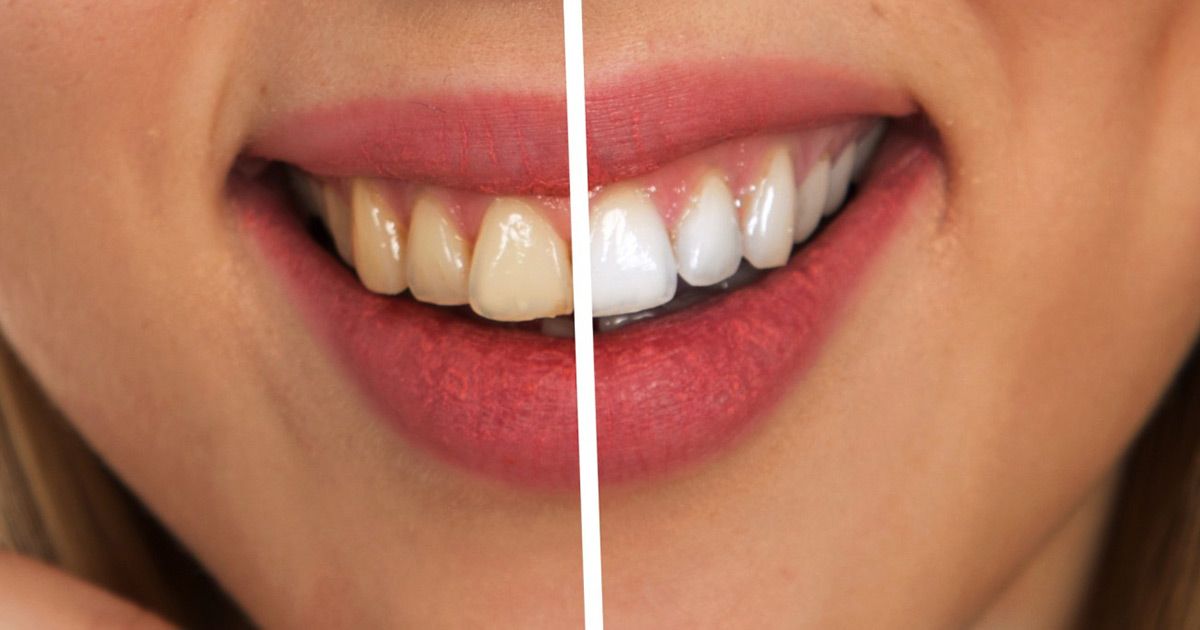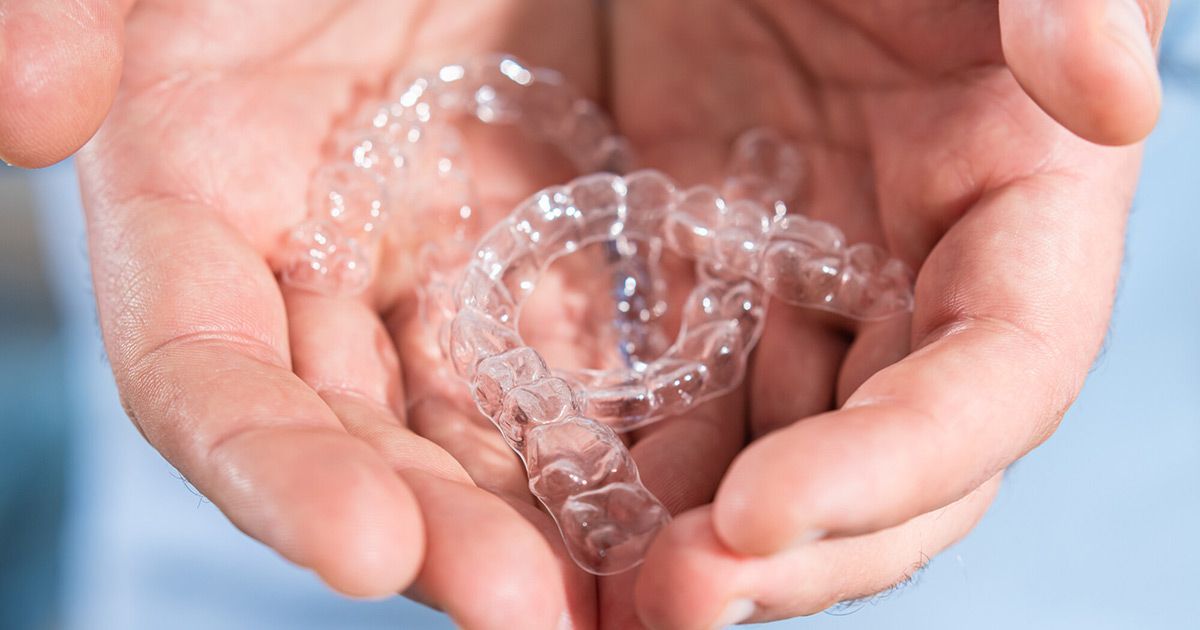Learning All About the Structure of the Tooth
The human tooth is the strongest part of the human body. The human tooth is more dense than bone and allows a human to pack a bite force of 150 psi, which allows us to chew food and get nourishment.
Evolution of the Human Tooth
The human tooth has undergone massive changes over the previous 1000s of years. Humans have had teeth since the beginning of their existence. The first recordings of oral health partitioning began back as far as 5700 BC.
Ancient Egyptians had wooden teeth replacements of sorts as far back as 7,000 years ago.
Parts of the Tooth
The human tooth is a complex structure built up of several parts, including the following:
- Enamel: Enamel is the top layer of the tooth that helps protect the rest of the tooth from decay. The enamel layer covers the crown portion of the tooth and helps protect the softer tissue below.
- Cementum: The Cementum covers the root of the toot. The layer is thinner than the enamel but protects the root of the human tooth from becoming infected.
- Dentin: Dentin is the surface that exists between the enamel and cementum. Secondary dentin will come in throughout the rest of the tooth's life. The third type of dentin gets created due to inflammatory responses.
- Pulp: There are two pulp chambers located in each tooth and is the part of the tooth that becomes infected. The infections occur in these chambers. Root canals help drill out one or both of these chambers and fill them to help rid the tooth of infection.
These are the 4 parts of a tooth. The tooth is designed to help stave off cavities, decay, and eventually, rot.
Types of Teeth
Several types of teeth are part of the human mouth. These types of teeth are as follows:
- Incisors: Incisors are the main 8 teeth at the front of your mouth. They get used for crushing food and helping aid humans in food consumption.
- Canines: Canines are the 4 longer teeth that get located on all sides of the incisors. Humans use these teeth to grab and tear food off.
- Premolars: These are the first 2 flat teeth behind the 8 incisors. The premolars are used to help crush food into smaller pieces before it reaches the molars.
- Molars: The second molars are the first two teeth behind the premolars that are there to crush food to a pulp so that it can get swallowed.
- Third Molars: These are one's wisdom teeth, some people get them, some do not, and many have them extracted.
That will mean that the average person has anywhere from 28 to 32 teeth.
Teeth Conditions
Just like any other parts of the body, the tooth can have issues that need attention. Some of these issues include the following:
- Chipped/cracked teeth
- Tissue infections
- Cavities
- Decay/rot
Regular dental care can help avoid many of these issues and keep your teeth healthy in the long-term.
Brief Outline of Caring For Teeth to Maintain Longevity
Over time, you can do a variety of things to help keep your teeth healthy and in great shape to increase their longevity is key. The following are steps you can take to improve your teeth's longevity:
- Brush and floss as part of a healthy oral daily routine
- Visit your dentist regularly for cleanings (every 6 months)
- Eat a healthy diet
- Avoid sugary drinks and snacks
- Avoid chewing on hard candies (suck instead) or chewing on ice cubes
- Contact your dentist if you have pain/discomfort between appointments
These are some great tips that can help keep your teeth healthy in the long run.
Conclusion
At Georgetown Family Dentistry, we are here to help you take the best care that you possibly can of your teeth. Please feel free to contact us to set up your next appointment and ensure that your oral health is as good as possible.





